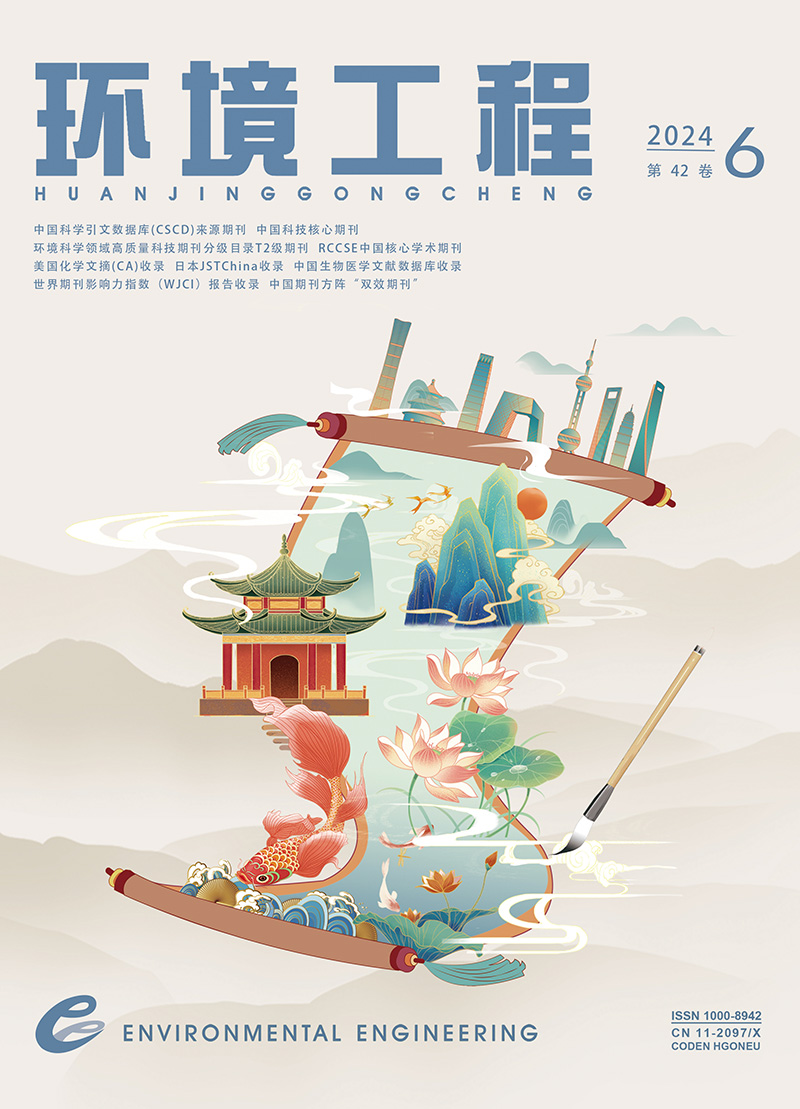让战略环境评估为克罗地亚的生物多样性服务
引用次数: 0
摘要
战略环境评估是欧盟用于将生物多样性和环境问题纳入社会经济发展其他部门主流的工具。战略环境评估可提供高水平的环境保护,并可制定计划、方案和战略,以实现更可持续的解决方案。根据欧盟委员会 SEA 报告(2019 年)以及与国家 SEA 流程中的从业人员进行的访谈,很少能完全实现将计划塑造成更可持续的解决方案。在国家层面有效实施 SEA 的障碍是什么以及如何克服这些障碍是本文的重点。研究对象主要有三类:顾问、经济与可持续发展部以及民间环保组织。研究结果确定了机遇和具体的干预点。主要机遇包括提高 SEA 的包容性、在 SEA 过程中对利益相关者进行教育以及改善 SEA 过程的启动时间。此外,还将机会发展为具体的干预措施,并根据五项标准进行排序:影响、成功概率、文化契合度、附加值和资源强度。本文认为,激励应用现有指南和教育 SEA 委员会对 SEA 流程改进具有最大的潜在影响和附加值,但教育 SEA 委员会则是一项更为复杂的任务,因为其面临着较高的文化挑战。改进 SEA 非技术性摘要和规范公众听证会表格是成功概率较高、符合文化要求、不耗费资源但对整个 SEA 流程影响较小的干预措施。重要的是,在本项目确定的 15 项具体干预措施中,有 10 项是独一无二的,这表明了这项工作的新颖性。最后,本文建议,为长期改善国家 SEA 流程,建立 SEA 技术工作组大有裨益。本文章由计算机程序翻译,如有差异,请以英文原文为准。
Making strategic environmental assessment work for biodiversity in Croatia
Strategic Environmental Assessment is a tool used in the EU for mainstreaming biodiversity and environmental issues into other sectors of socio-economic development. SEA offers a high level of environmental protection and can shape plans, programs, and strategies towards a more sustainable solution. Based on the EU Commission SEA report (2019) and interviews conducted with practitioners in national SEA processes, the possibility of shaping plans towards more sustainable solutions has rarely been fully achieved. What are the obstacles to effective SEA national implementation and how to overcome them was the focus of this paper. The research was conducted with three main groups of stakeholders: consultants, the Ministry of Economy and Sustainable Development, and environmental Civil Society Organisations. As a result, opportunities and specific intervention points were identified. The main opportunities consist of raising the level of SEA inclusiveness, educating stakeholders in the SEA process and improving the initiation timing of the SEA process. Further, opportunities were developed into specific interventions and ranked based on five criteria: Impact, Probability of success, Cultural fit, Added value, and Resource intensity. This paper suggests that stimulating the application of existing guidelines and educating the SEA committee have the highest potential impact and added value to SEA process improvement, but educating the SEA committee is a more complex task due to high cultural challenges. Improving a SEA non-technical summary and standardising the public hearing forms are interventions with a high probability of success, culturally fit, and not resource intensive but with low impact on the overall SEA process. Importantly, 10 out of 15 identified specific interventions are unique for this project, indicating this work's novelty. Finally, this paper suggests that for long-term improvement of the national SEA process, establishing the SEA Technical Working Group is highly beneficial.
求助全文
通过发布文献求助,成功后即可免费获取论文全文。
去求助
来源期刊
自引率
0.00%
发文量
10962
期刊介绍:
Environmental Engineering is a source journal of the Chinese Science Citation Database (CSCD), a source journal of Chinese scientific and technological papers statistics, and a dual-effect journal of the Chinese Journal Matrix. It is selected into the "Chinese Core Journals Overview" and is included in the American Chemical Abstracts (CA), Japanese JSTChina, and Chinese Biomedical Literature (CBM) databases. It mainly covers water pollution prevention and control, air pollution prevention and control, solid waste treatment and disposal, monitoring and evaluation, clean production and energy conservation and emission reduction, soil remediation, etc. Over the years, it has always had a strong team of authors and a wide readership, providing a communication platform for scientific and technological workers and college teachers and students in various fields such as scientific research, engineering design, environmental management, and construction implementation in the field of environmental engineering science.

 求助内容:
求助内容: 应助结果提醒方式:
应助结果提醒方式:


